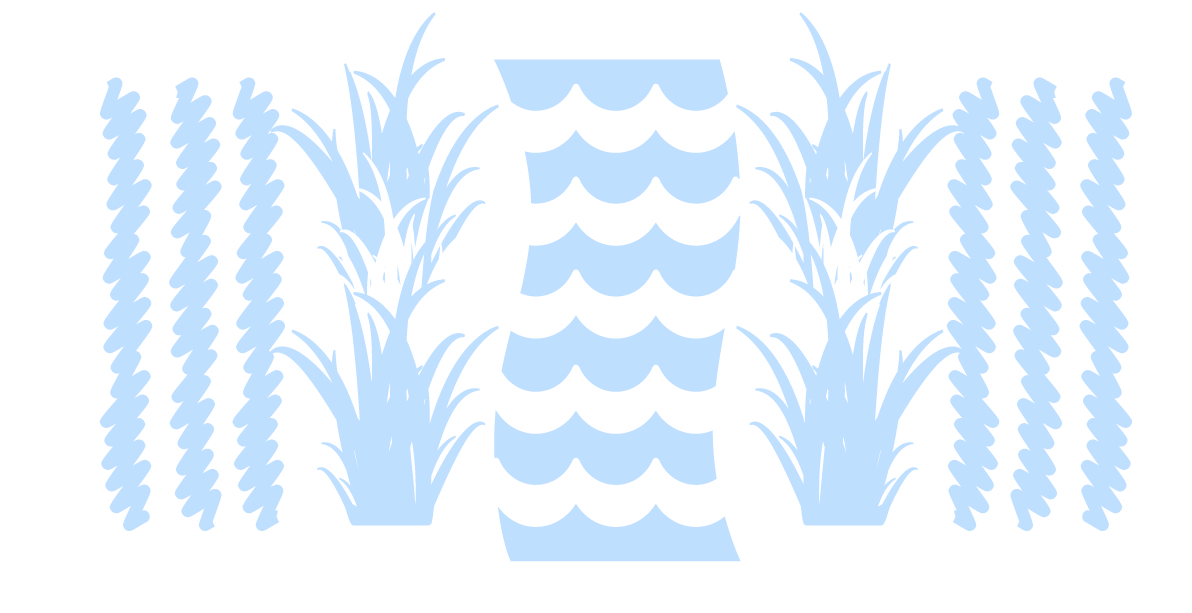
Stream Buffers: Buffers are grassy or native vegetation adjacent to streams that trap sediment from surface runoff. This reduces phosphorus entering a waterway, filters nitrogen as it moves in groundwater through the soil, stabilizes stream banks and provides habitat for wildlife.
There are several different words used for the same practice: stream buffers, riparian buffer strips and filter strips. ‘Stream buffers’ are used here. Stream buffer strips are areas surrounding water sources that have been taken out of agricultural production. These areas are then planted with a variety of grasses, shrubs and/or trees that help improve water quality. The primary benefit of stream buffer strips is to trap soil and phosphorus in surface runoff before it reaches a stream or river.
For stream buffers to be effective without excessive maintenance, soil erosion must be well controlled on the land draining toward the stream buffer. A uniform buffer is preferred by many producers, but varying the width of the stream buffer based on the amount of runoff that enters each section is more effective.
